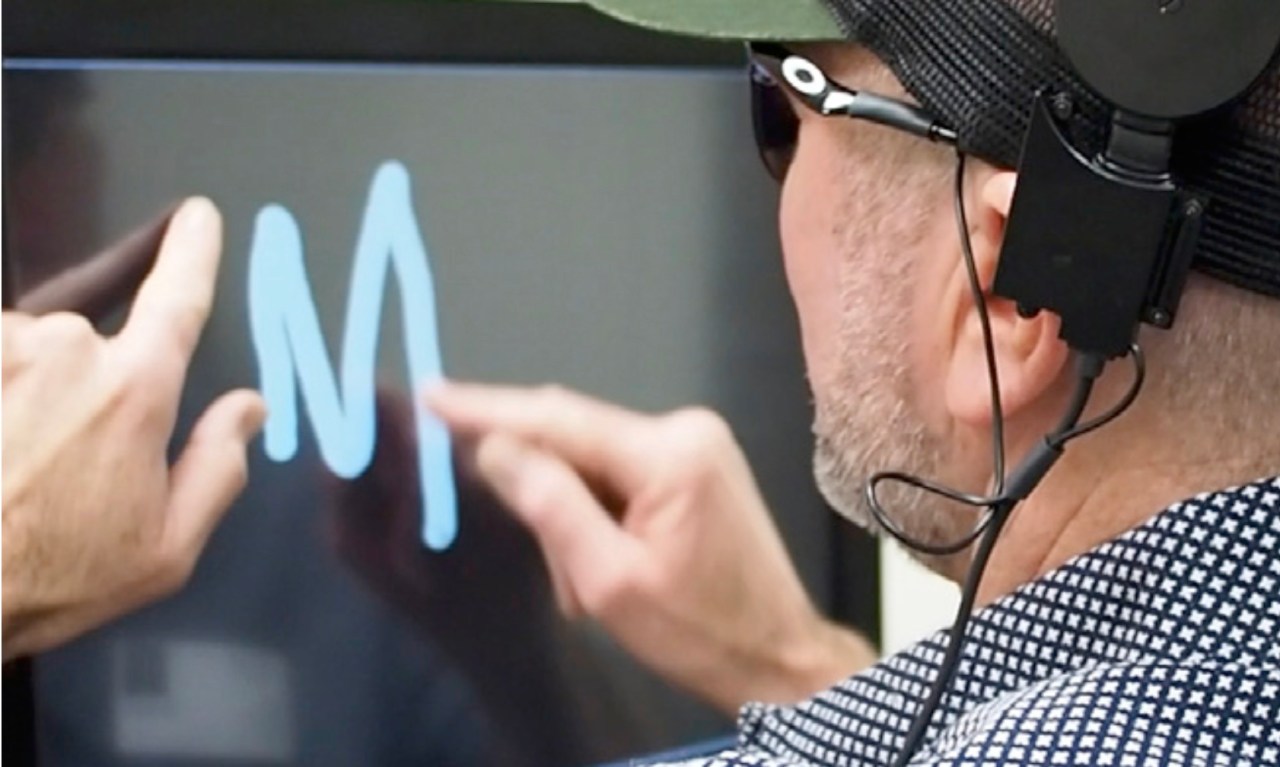In the rapidly evolving landscape of technology and research, groundbreaking advancements are emerging that have the potential to redefine our capabilities and interactions with the world. This blog post explores several fascinating topics, from twisted light lasers to prosthetic vision and the surprising intelligence of robot-assisted canines. Each of these innovations opens up exciting pathways for startups and tech enthusiasts eager to carve their niches in the tech domain.
Twisted Light Lasers: A Revolution in Photonic Data Transfer
When envisioning lasers, one might picture a straightforward beam of light, but the science behind them involves complexities that can dramatically enhance optical performance. Researchers are harnessing the concept of “twisted light”—light that moves in a corkscrew motion. This innovative characteristic improves optical data throughput, which is paramount in our data-driven society.
- Recent Advances: A study from the University of Witwatersrand showcased a compact laser emitter capable of producing twisted light of unprecedented quality. Utilizing metamaterials, this emitter marks a significant improvement in the production of twisted beams.
- Bidirectional Technology: Multi-institutional collaborations have yielded critical advancements in both vortex laser transmitters and compact detectors. This technology allows for accurate classification and detection of twisted light, opening new avenues in telecommunications.
This progress not only enhances existing infrastructure but also sets the stage for startups focused on next-generation network solutions, establishing a robust platform for innovation in optical technologies.
Prosthetic Vision: A New Frontier in Neurological Research
Attempts to enhance prosthetic vision technology have faced numerous challenges, often faltering despite promising early studies. However, researchers at the University of Pennsylvania are making strides by redefining the approach to visual stimulation.
- Effective Stimulation Methods: The study suggests that drawing stimuli across the visual cortex can yield recognizable results, allowing visually impaired participants to identify shapes at an impressive speed.
- A Different Perspective: Instead of relying on replicating complex visual scenes, this method offers a pragmatic solution, creating a foundation for improved prosthetic devices that can offer real-world applications.
This research opens up avenues for further exploration and development, paving the way for startups focused on ensuring accessibility through innovative prosthetic solutions.
Robotic Companions: Canines Trained to Interact with Robots
The bond between humans and dogs is legendary, but new research suggests that dogs might also connect with robotic companions. A study from Yale University examined how dogs respond to humanoid robots, revealing their capacity for obedience towards a robotic figure, leading to potential advancements in pet care technology.
- Implications for Pet Care: This interaction highlights that pet care robots may have improved efficacy if designed with anthropomorphic features, catering to the natural instincts of dogs.
- Future Innovations: With projections of autonomous pet care solutions on the horizon, understanding canine responses to robotics will inform design and functionality, ensuring a harmonious cohabitation.
This research lays the groundwork for tech entrepreneurs to venture into exciting new markets of automated pet care systems.
Bridging Gaps in Robotic Sensory Technology
Human sensitivity is unmatched, but new approaches in robotic touch detection are making great strides. Recent developments suggest that light-based sensing could emulate human fingertip sensitivity.
- OmniTact Innovation: An advanced iteration of touch-detection tech incorporates multiple cameras to cover larger areas, allowing for precise tracking of surface shifts, paving the way for a new generation of robots capable of nuanced interactions.
- Cost-Effective Solutions: These developments address not only sensitivity but also affordability, making it possible for a broader range of applications, from industrial settings to personal robots.
The race towards more touch-sensitive robots is on, and startups can leverage these innovations to develop products with enhanced human-robot interaction capabilities.
Conclusion
The insights presented here illustrate just a fraction of the wider technological evolution occurring at the intersection of science and practical application. Whether we are enhancing data transmission via twisted light lasers or building empathetic robotic companions for our faithful canines, every breakthrough holds the promise of transforming everyday life. The future of technology is bright and brimming with possibilities.
At fxis.ai, we believe that such advancements are crucial for the future of AI, as they enable more comprehensive and effective solutions. Our team is continually exploring new methodologies to push the envelope in artificial intelligence, ensuring that our clients benefit from the latest technological innovations.
For more insights, updates, or to collaborate on AI development projects, stay connected with fxis.ai.

